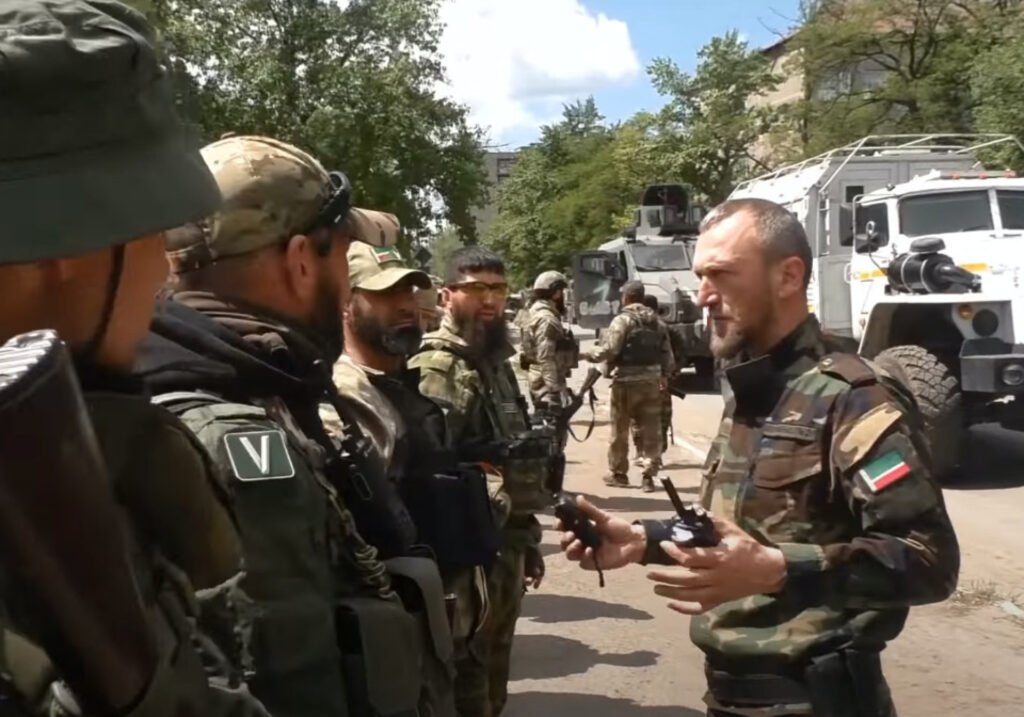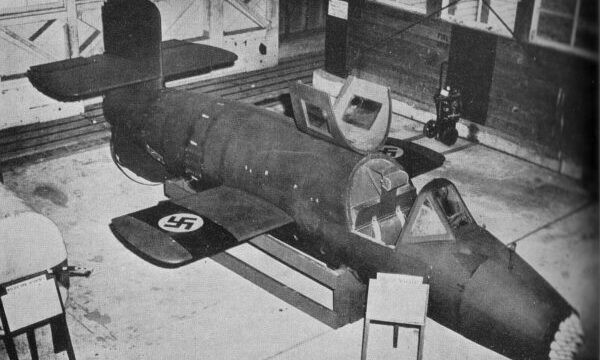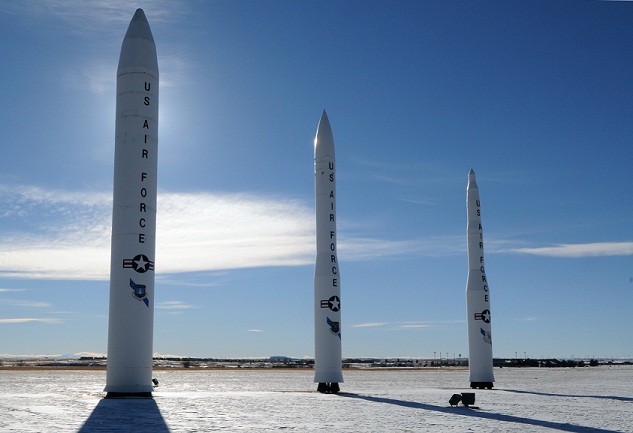Special operators in Europe are at the tip of American diplomacy
- By Stavros Atlamazoglou
Share This Article

Recently, special operators from Naval Special Warfare and Air Force Special Warfare units assigned to the Special Operations Command Africa (SOCAFRICA) conducted interoperability training with the USS Hershel “Woody” Williams, an expeditionary sea base, in the Mediterranean.
CV-22 helicopters from the 352nd Special Operations Wing and two combat craft assault (CCA) boats operated by Special Warfare Combatant-Craft Crewmen (SWCC) participated in the training event.
Aside from the interoperability exercise with USS Hershel “Woody” Williams, a SWCC detachment also conducted joint training with Greek and Cypriot Navy SEALs on separate events. In light of the continuous high tensions between the two European countries and Turkey, the joint training events showcase the diplomatic utility that special operations units can have. By training with allied and partnered nations, American commandos send a discreet but powerful message to aggressors.
“The interoperability training we have conducted with the teams from SOCAF [Special Operations Africa] and the 352nd Special Operations Wing in the Mediterranean has demonstrated our unique capabilities as an expeditionary sea base,” said Capt. David Gray Jr., commanding officer of Hershel “Woody” Williams in a press release. “We look forward to working alongside our African partners and allies and to demonstrate our commitment to maritime security in and around the African [area of responsibility].”
An often overlooked Naval Special Warfare mission set is foreign internal defense (FID), the training of partner forces. Although FID is often associated with Green Berets, Navy SEAL and SWCC operators also conduct FID in their respective fields.
This is the USS Hershel “Woody” Williams’ maiden operational trip. The ship is 784 feet long and sports a 4,830 square-meter flight deck that can house four helicopters simultaneously.

Manned by a mixture of U.S. Navy personnel (it has two Navy crews that rotate to ensure a continuous presence) and civilian mariners, expeditionary sea bases are highly flexible platforms that can be tailored according to operational needs and support a wide number of contingencies. They can carry equipment, vehicles, aircraft, fuel, victuals, and troops. They can also provide an ad hoc platform from where special operators can launch given their helipad and boat launching functions. Crucially, they can be prepositioned near a “hot” area, thereby enabling commanders to make the best possible decision whether to commit troops or not in an emergency.
Major General Dagvin Anderson, the commander of Special Operations Command Africa, said that “This interoperability training between our special operations forces, Navy, Air Force, and our partners shows the strength and flexibility of our joint force. This new joint capability for the AFRICOM theater will allow us to engage around the continent in ways far beyond what we’ve done in the past.”

Although the U.S. military is reducing its footprint in the African continent in order to bolster up its forces elsewhere, there are numerous hotspots and countries of interest with American presence, which is more often than not a contingent of special operators from various units.
The 352nd Special Operations Wing is based in the United Kingdom.
CCA craft can be parachuted by C-17 aircraft and they specialize in medium-range maritime interdiction, littoral patrol, and insertion/extraction of special operations units.
Related Posts
Stavros Atlamazoglou
Greek Army veteran (National service with 575th Marines Battalion and Army HQ). Johns Hopkins University. You will usually find him on the top of a mountain admiring the view and wondering how he got there.
Related to: Military Affairs, Special Operations

Russia can’t conduct maneuver warfare – and this is costing it a lot

Wonder-weapons of World War 2: The German viper and the American goblin

The B-2 Spirit is aging but still packs a bunch

